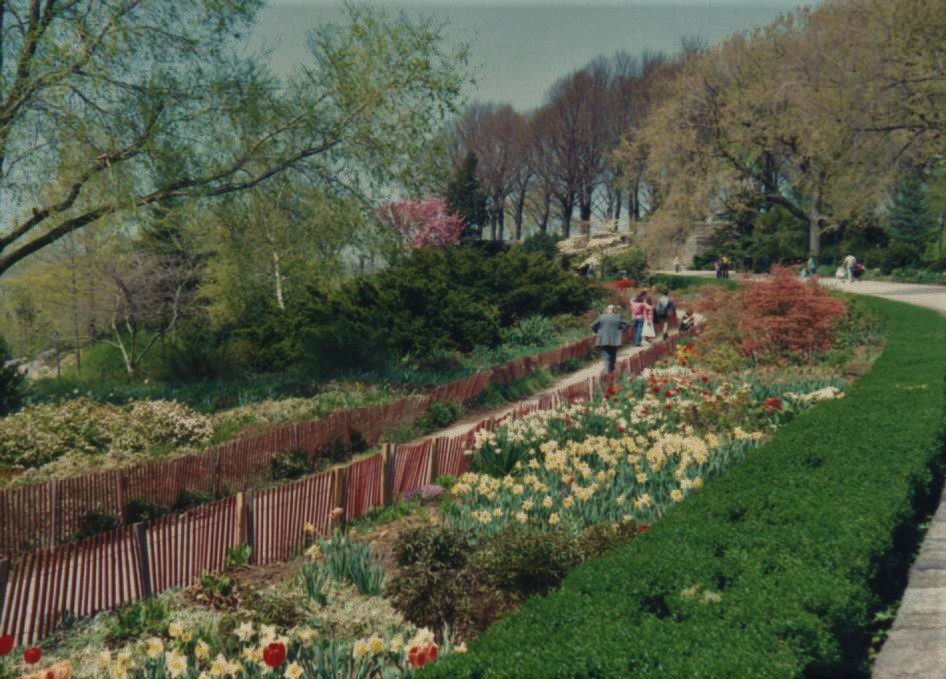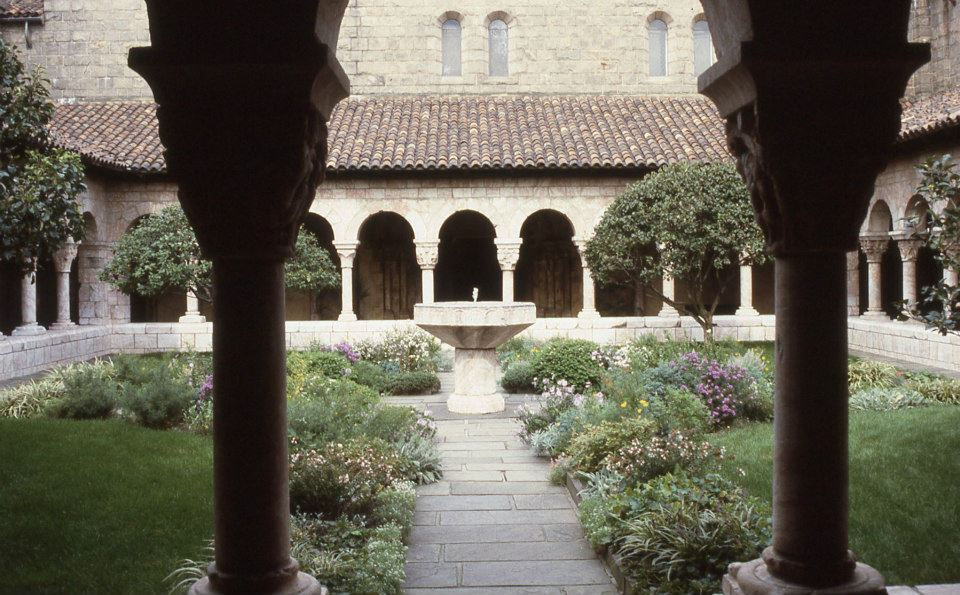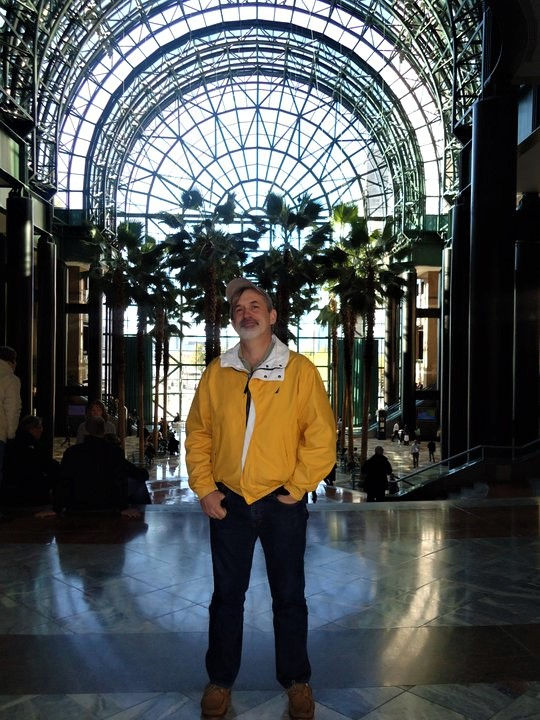Fort Tryon Park
- Matthew P G

- Dec 20, 2021
- 3 min read
Updated: Mar 17, 2023

Spring flowers, Fort Tryon Park. 1990
Favorite Manhattan places (part 2)
I have waxed lyrical about the Winter Garden {see: Winter Garden}, but at the other end of Manhattan exists another amazing place most native New Yorkers have never visited - Fort Tryon Park. Part of the original Fort Washington {See: Magaw Place}, it is under-visited and under-appreciated. Fort Tryon made our time in northern Manhattan a different experience for me and I spent many hours there wandering its pathways. My walks in that park are some of my best memories of living in New York City.
If I contemplate the days of the first industrialists and what they contributed to our cities, I find it staggering. Bezos, Gates, Musk, and Jobs be damned, the billionaires that preceded them KNEW how to leave their mark. Fort Tryon is a stunning example. A man of the name "Billings" built an incredible mansion in the area only to have it burn to the ground. John D. Rockefeller stepped in, bought up that land and more to create Fort Tryon Park and the Cloisters Museum, AND THEN purchased what would become the Palisades Park in New Jersey across the river so that the exquisite view would be forever preserved. Who these days thinks on such scale?
People love Central Park (so do I) and, of course, the huge Prospect Park in Brooklyn is also a five-borough gem. Frederick Law Olmsted, Jr. who not only landscaped the two aforementioned parks, but also the National Mall in Washington, had a hand in "terraforming" the rocky outcrops of Fort Tryon Park, too. The most amazing thing about the park is the series of walkways and rock retaining walls that enable visitors to snake all over this hill that dominates the northern tip of Manhattan. In the time we lived in Washington Heights, most of my "free walking time" was spent in Fort Tryon. Most fortunately, Fort Tryon was almost always empty - even on weekends. No one from Brooklyn would travel so far (forget about Staten Island). People from the Bronx MIGHT venture southward to enjoy the park, and Manhattanites would largely respect the 96th Street line that divided the island at the time into "Civilization and Barrio". Even though I sang the praises of Fort Tryon to my work colleagues in the Village, I rarely convinced them to venture north unless it was on a visit to the Cloisters.
As an adult looking back, I can only think of the stroke of luck that we lived adjacent to such an amazing, large park in the middle of America's greatest city. When we moved to Washington Heights, parkland nearby was not a consideration at all. My subsequent explorations of the park over the next three years greatly enhanced the time I lived in northern Manhattan. A lot of the park was just forest on a rocky hillside - it provided such counterpoint to flat, Lower Manhattan that was as unnatural as a city could be. A large garden overlooking the Hudson (pictured) provided color in the Spring and Summer. Nestled in the park was the Cloisters Museum, an otherworldly collection of medieval artifacts from the Metropolitan Museum of Art. I even became a Met member for a couple of years, so I could visit the Cloisters [see: Cloisters] at will. The park spills down over the steep hill, across the railway tracks, to the Hudson and provides riverside pathways as well. What is not to love about Fort Tryon Park?
Even these days with Hudson Heights as an "in place" to live in Manhattan, Fort Tryon remains an undiscovered place of wonder. Central Park is for everyone. Prospect Park is for Brooklynites and the hardy few from Manhattan who travel there. The Bronx has its Zoo and Botanical Garden. Fort Tryon is always overlooked even if it may be the most scenic place in all of the City. The views over the GW Bridge, the Palisades, and the southern end of the Tappan Zee are breathtaking. Go where you will in the City, but for me the Winter Garden under the World Trade Center Tower and Fort Tryon will always be my favorite places..



Comments